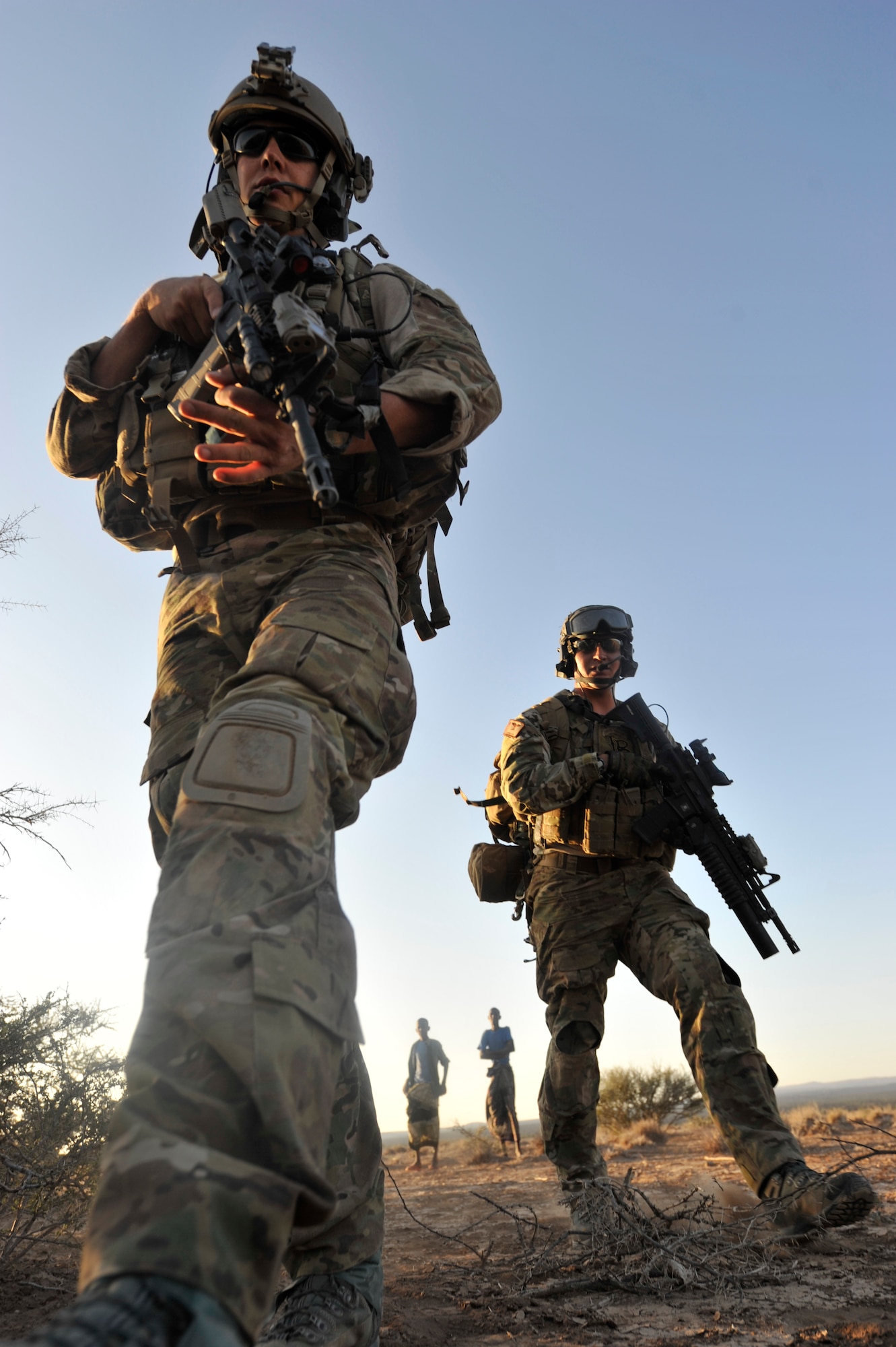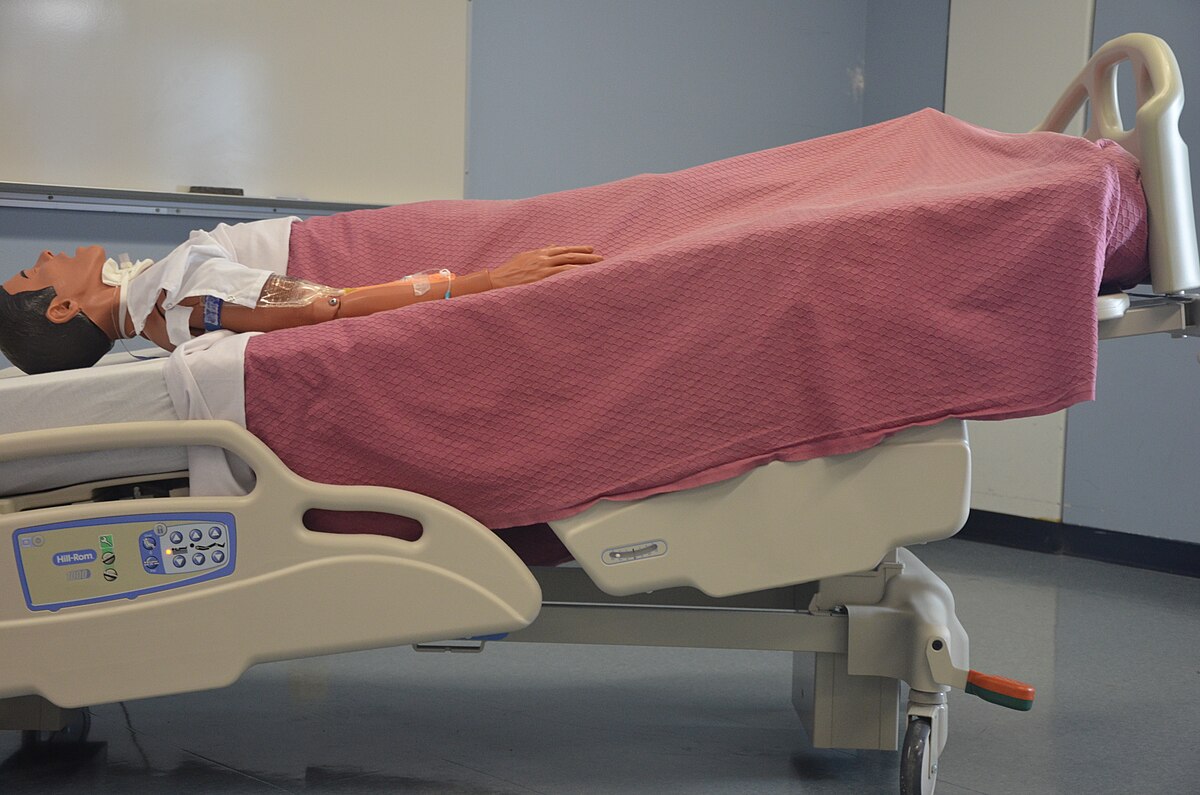In the Facebook discussion on this situation in Malta I raised what I think was a misdiagnosis by the medical examiner. This to me, as a former USAF Pararescueman and EMT Paramedic (long ago for both) was a case of air embolism, not drowning. With extreme air embolism, unless treatment is immediately available, the patient will most probably die. The treatment we used to use was getting the victim in the Trendelenburg position, administer 100% oxygen, and get to a chamber ASAP. The Facebook discussion raised questions about the Trendelenburg position, as apparently it is no longer taught. But I found a medical paper saying to use this position, dated 2017. Here’s what I said there:
SeaRat
PS, two other posts from me on that Facebook page.
For more about Pararescue, see this link:

Now, I have a policy that “no one dies in the water while I’m around.” So I don’t agree with those that say they would not help in an emergency that did not involve their own loved ones. But then again, I have a much different background than almost all of you (USAF Pararescue 1967-77). “These Things We Do, That Others May Live.”Okay, I have read through the article, and the pathologist report is apparently not accurate:
“The Autopsy Pathologists stated in their report that Christine died due to “natural causes, namely seawater drowning and coronary artery atheroma””
“Atheroma,” is not the same as a air embolism, which from my reading sounds like what happened (look up the term). After she surfaced, if she had in fact embolized, there is not much a buddy could do. Air within the circulatory system would be fatal no matter the buddy’s actions unless immediate treatment was available, and that appears unlikely from the description of this dive. (Putting the diver in the Trenbelenburg position (sp?) from my memory and immediate use of 100% oxygen is the treatment, along with recompression in a chamber.). I feel that if there is an appeal, a discussion with the court about the particularities of an air embolism on the diver should be pursued.

Trendelenburg position - Wikipedia
en.wikipedia.org
SeaRat
PS, two other posts from me on that Facebook page.
One thing about Wikipedia is that it is not a definitive source. I linked it above because I needed to ensure that my memory from a long, long time ago was correct, and corrected the spelling of the Trendelenburg position. You will note that this entry also references the number [18]. Here is that abstract:
A STUDY IN PRECHAMBER TREATMENT OF CEREBRAL AIR EMBOLISM PATIENTS BY A FIRST PROVIDER AT SANTA CATALINA ISLAND.
Authors: Stonier, JC
Keywords: Hyperbaric Oxygenation
Cerebral Air embolism
treatment table
case reports
human
neuropsychological sequelae
Neurological
Issue Date: 1985
Publisher: Undersea and Hyperbaric Medical Society, Inc.
Citation: Undersea Biomedical Research, Vol. 12, No. 1 Supplement, March 1985
Abstract: Since 1975 the Los Angeles County Lifeguard rescue boats at Catalina Island, "Baywatch Avalon and Isthmus", have responded and treated 58 Cerebral Air embolism victims. All patients were using SCUBA except 1 that was using Hooka. 40 patients were sport diving, 15 were on their training check out dive, and 3 were commercial abalony or sea urchin divers. These patients presented a wide range of signs and symptoms, from alert and oriented with pain and nuero-deficits, to coma and full arrest. All signs and symptoms were reported as happening upon surfacing or immediately afterward. The average mean response time to the stricken diver from onset of symptoms to arrival of the Baywatch was 18 minutes (2min-55min spread).The average delay from onset of symptoms. to arrival time in the chamber with Baywatch Isthmus was 31 minutes. Because of the longer distance from the chamber, the Baywatch Avalon delay was an average of 1 hour and 7min. All breathing patients were transported in the Left lateral Trendelenburg position with high flow Oxygen form either a demand valve with a mask (conscious patient) or inhalation mask (altered LOC). 31 patients were also started on an IV with Lactated Ringers solution. With this treatment, 34 patients condition improved, 20 patients condition remained the same, and 4 patients deteriorated during transport. Out of the 21 patients picked up unconscious, 12 regained consciousness before arrival at the chamber. Also, 13 patients were in full arrest and were given full ACLS protocol. 9 of these regained vital signs before arrival in the chamber and 4 patients remained in full arrest. (UHMS Spon: K.K. Macdonald)
These are from the Facebook page, “Scuba Accidents and Risk Management Techniques for Divers.”I tried searching the DAN website, and they have no articles that I can see about the Trendelenburg position. I am not trying to say what you said is incorrect, but rather to update myself in this matter. I did find this paper: https://www.futuremedicine.com/doi/full/10.2217/fca-2017-0015
For more about Pararescue, see this link:

Pararescue
Air Force Pararescuemen, also known as PJs, are the only DoD elite combat forces specifically organized, trained, equipped, and postured to conduct full spectrum Personnel Recovery (PR) to include
www.af.mil



